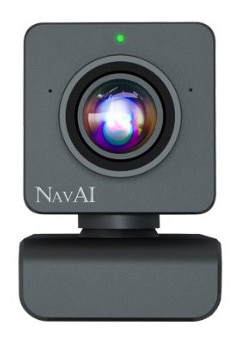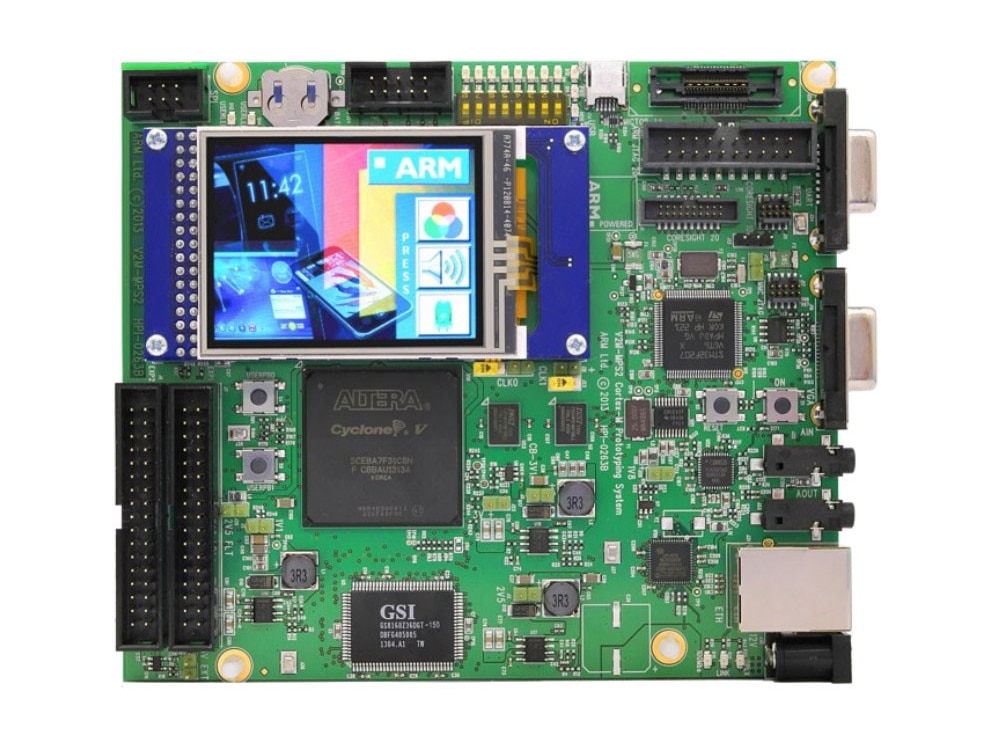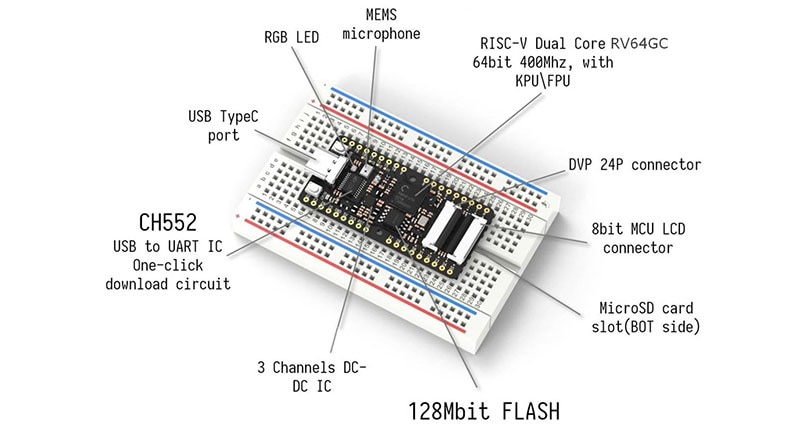AI Brings Blended Learning Classrooms to Life with Auto-framing Cameras
Like it or not, we are living in an unpredictable time where our pandemic policies and guidance change as often as the Tampa, Florida weather. One area that has seen significant change over the past 18 months has been the way schools approach their daily class instruction.
As students return to the classroom, the challenge of balancing in-person and remote instruction is often on the minds of teachers, students, and IT staff. It is not enough to prepare for in-person or remote learning; you must prepare for both, and to make matters more challenging, simultaneously.
 (Image source: VDO360)
(Image source: VDO360)
By now, most teachers have had experience in teaching remotely with a plethora of video conferencing platforms available, ranging from Zoom to Google Meet and everything in between. With a basic webcam, microphone, and speakers, a teacher can emulate a physical presence for their remote students from the safety of their own personal meeting spaces.
But as we slowly returned to the classroom and a more traditional teaching environment, schools found themselves with a new challenge – not all students were going to return to the classroom. This presented an entirely new dilemma – how to reach both in-class students and those remaining at home? In a blended (also known as a hybrid) learning environment, the teacher can’t simply sit in front of a computer to focus on the remote students – they must simultaneously interact with and stay connected to the classroom’s physical students.
Suddenly, everything we learned and practiced with remote learning was no longer true. We needed to make sure we looked presentable from the waist down, sitting at a desk all day wouldn’t work, and a camera to track our movement was required to effectively stay in front of the remote students.
Over the past year, the industry has seen a shift from mechanical PTZ cameras to those without any moving parts that can perform the same function. This has been largely due in part to the development of intelligent cameras. The latest AI-based camera designs (AI is short for Artificial Intelligence) have reshaped the classroom and eliminated the need for complex tracking systems or dedicated camera operators. Thanks to AI, cameras can now automatically frame an area and keep the person (or persons) in front of the camera perfectly centered. This is very helpful when teaching in a hybrid/blended teaching environment.
VDO360 provides Natural Vision™ auto-framing capability in their NavAI camera to reduce video conferencing fatigue and keep the remote meeting participants engaged. This auto-framing functionality makes it appear as if a physical camera operator were present and adjusts the camera position based on teacher movement. Designed for teaching and training environments, this camera provides up to 4K HD quality, USB for simple connectivity, and has 120º FOV (Field of View) for exceptional subject coverage in the classroom. The NavAI is also small enough to be mounted anywhere and remain unobtrusive. It’s the world’s smallest 4K auto-framing camera (at the time this blog was written) at just 1.75” cubed and easily mounts on a monitor, laptop, or even a tripod using its flexible mount design. Its embedded dual microphone is extremely sensitive and can accurately pick up the presenter as they move around the instructional area.
Hybrid/Blended instruction has been a major challenge during the pandemic, and providing an affordable auto-framing camera in every classroom will help schools around the world stay prepared for handling any learning environment. To learn more visit www.vdo360.com/camera/navai.
VDO360 – Vision, Dedication, and Outstanding value

Have questions or comments? Continue the conversation on TechForum, DigiKey's online community and technical resource.
Visit TechForum









